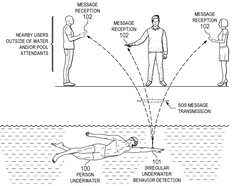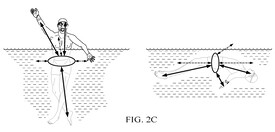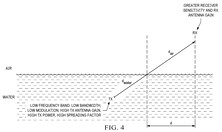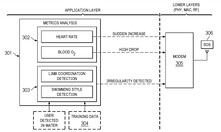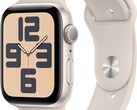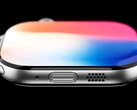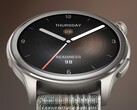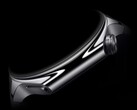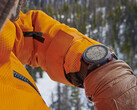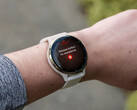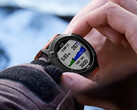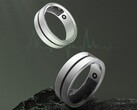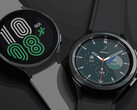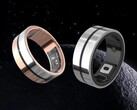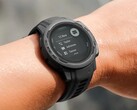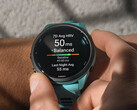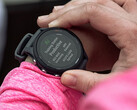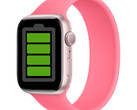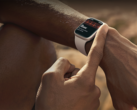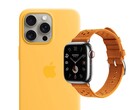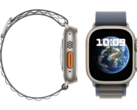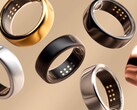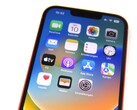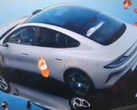Apple’s launch event for the iPhone 15, Apple Watch Series 9 and Apple Watch Ultra 2 last year had an intro segment dedicated to real stories of Apple devices saving lives with their advanced safety features. Whether it’s the Apple Watch’s heart-rate detection, or the iPhone’s emergency satellite SOS and crash detection, it’s clear that these life-saving emergency safety features are a pretty hard-to-beat value proposition.
Now, a new patent filing reveals the company’s next step in this direction – a “digital pool assistant” that can detect if a swimmer is drowning or in distress, and send out a short-range SOS signal to alert nearby devices of the emergency.
The system described in the patent first uses accelerometer and gyroscope data to check if the wearer’s movements indicate drowning or any form of distress. It then looks for sharply elevated heart rate and/or low blood oxygen readings to further confirm if there’s an emergency.
The filing states that these “swimming metrics and other [biometric] information are input into a machine learning model trained to classify a swimmer showing regular or irregular behaviour in the water”. If a pattern indicating drowning is detected, a radio signal will be broadcast to nearby devices, which will in turn display pop-up alerts and sound out audible alarms.
The patent filing also addresses an important challenge: radio signals get heavily attenuated underwater due to the conductivity of water, thus limiting transmission range. However, using lower frequencies and narrower bands in freshwater (which is less conductive than seawater) can somewhat offset this issue. Apple clarifies that the system is meant to be used in shallow freshwater, such as in swimming pools, ponds and lakes.
The document points out the need for such a system – 3500 people every year die from drowning in the United States – while highlighting the limitations of existing camera-based solutions to the issue, which are expensive, require complicated setup and maintenance, and frequently experience false positives and missed detections.
While a patent filing is typically not a definite sign of an upcoming product or feature, in this case, the technology described seems quite easily implementable with the existing hardware, and aligns perfectly with the Apple Watch’s positioning as potentially life-saving in a wide range of circumstances. It also makes a strong case for getting more children to wear the Apple Watch, as they are statistically more susceptible to drowning accidents.




